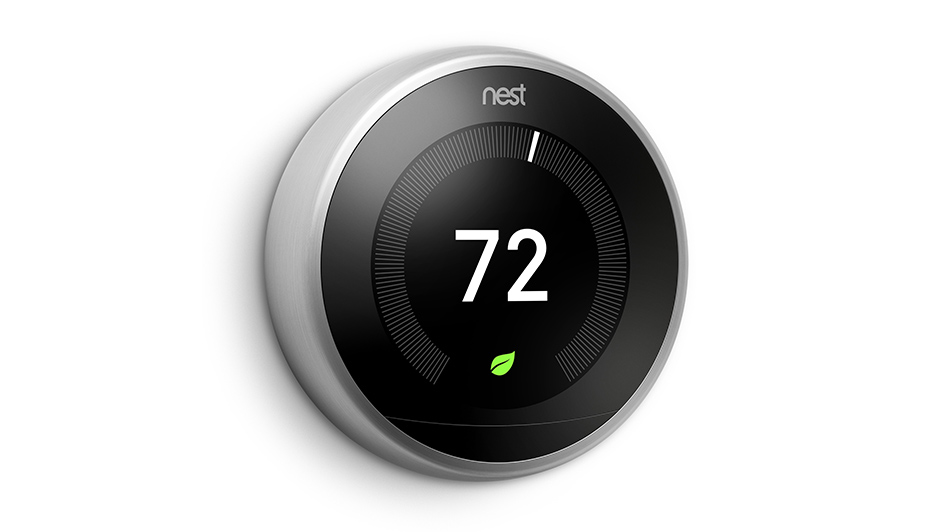
The Nest thermostat is one of the best-selling smart thermostats on the market today. And for good reason. It learns your temperature preferences and creates an energy-efficient schedule to match. And by geofencing with your phone, the Nest Learning Thermostat and Nest E are aware of when you’re at your residence or away and can raise and lower temps to help you save even more.
The Nest works with a wide range of 24-volt heating and cooling systems, but it’s always a good idea to visit the Nest thermostat compatibility checker before purchasing one. Don’t forget to talk with your energy supplier for valuable rebates, because you may be able to get a Nest for free or close to it.
Once you’ve made sure it’s compatible, you can either hook it up on your own or contact a HVAC professional like Allstar Heating & Air Conditioning. If you’re wiring it on your own, you’ll notice a terminal for the C-wire, or common wire. This wire is just used for powering your thermostat. If your residence or HVAC system is older, you might not have one of these wires. Most of the time, Nest says this isn’t an issue because the thermostat can pull adequate power from other heating and cooling wires.
Sometimes, your heating and cooling system might have to have that C-wire. And here’s why.
Why Your Nest Keeps Losing Power and Other Malfunctions
The Google Nest Thermostat is an improvement from older programmable thermostats that have a combination of wiring and AA batteries for power. It has a rechargeable lithium-ion battery and wiring to sync with Wi-Fi, power its digital display and operate your heating and cooling system.
8 Common Nest Thermostat Problems
If it can’t receive enough power, Nest says you could run into some of these issues:
- Bad battery life.
- Thermostat motion sensing won’t work.
- Your thermostat every now and then disconnects from Wi-Fi.
- Your system suddenly turns on or off, or won’t turn off.
- Your system is creating weird noises, such as chattering, stuttering, clicking or thumping.
- Heating or cooling is short cycling, or constantly turning on and off in a short period of time.
- There is a delay notification on your Nest thermostat’s screen, along the lines of “heating is delayed for 2:30 minutes.”
- The system fan is constantly working, won’t switch on or turns off and on frequently in a short period of time.
You might believe something is suspect with your heating and cooling system, but if you just got the Nest, it’s best to begin with your thermostat first. This is especially pertinent if the weather is moderate, and you haven’t been relying on your heat or air conditioning much.
Our Pros Can Resolve Nest Thermostat Troubles
If you’ve tried Nest thermostat troubleshooting on your own but can’t repair the problem, a smart thermostat specialist including one from Allstar Heating & Air Conditioning can assist you. We can diagnose the problem and install a C-wire, if necessary.
Smart thermostats including the Nest are created to make your life easier, through automatic energy-efficient programming and the ability to keep an eye on temperatures while you’re away from home. It’s a time-consuming experience when yours won’t work properly, but our heating and cooling pros at Allstar Heating & Air Conditioning can fix the trouble in no time.
If you’re going through unexplained heating and cooling behavior with your new Nest, call us at 805-242-9638 to book your appointment right away.

